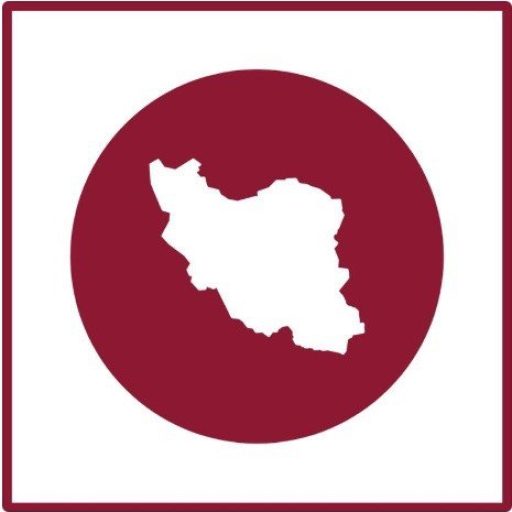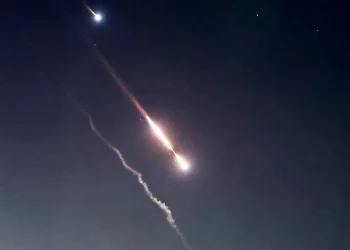The chief of Iran’s Atomic Energy Organization, Mohammad Eslami, said that the country continues to engage in a delicate interaction with the International Atomic Energy Agency (IAEA). He stressed that this intricate ballet of diplomacy is far from over, with regular interactions and delegation exchanges still very much part of the agenda.
Rafael Grossi, Director General of the IAEA, echoed this sentiment at a news conference in Tokyo on July 7. He confirmed that cooperation with Iran is ongoing and referenced an agreement reached with his Iranian counterparts back in march. However, he also noted that implementation has been slow.
Eslami noted that Behrouz Kamalvandi, the deputy chief of Iran’s Atomic Energy Organization, recently journeyed to Vienna, and that the deputy Director General of the IAEA is also expected to visit Iran.
Iranian nuclear chief further stated that Iran will be present at the IAEA’s annual General Conference in September, where discussions with IAEA Director General Rafael Grossi will take place.
This announcement was made following the inauguration of the “Cesium-137” production project today in tehran, during which Eslami emphasized that enrichment activities are being conducted in accordance with the parliament’s strategic action law.
The reciprocal visits between the deputy Director General of the IAEA and the deputy chief of Iran’s atomic organization are significant for several reasons:
These exchanges occur just before the IAEA Director General’s quarterly report in September and amidst ongoing efforts by Iran and the agency to address issues related to the two remaining locations.
The Wall Street Journal recently reported on a slowdown in the pace of Iran’s high-level enrichment activities. The visits and the forthcoming report from the Director General in particular could provide insights into whether this slowdown has indeed occurred.
As negotiations and cooperation between Iran and the IAEA continue, parallel to ongoing US pressure on Iran, these efforts are seen as a means to bolster Iran’s international and multilateralism policy.
During negotiations between Iran and the IAEA in March, one of three remaining alleged locations, known as Abadeh (Marivan), was resolved. As a result of technical negotiations between Iran and the agency, the number of remaining cases was reduced to two.
During Grossi’s visit to Tehran in March, both parties agreed to enhance cooperation regarding inspections and the access to surveillance cameras.






